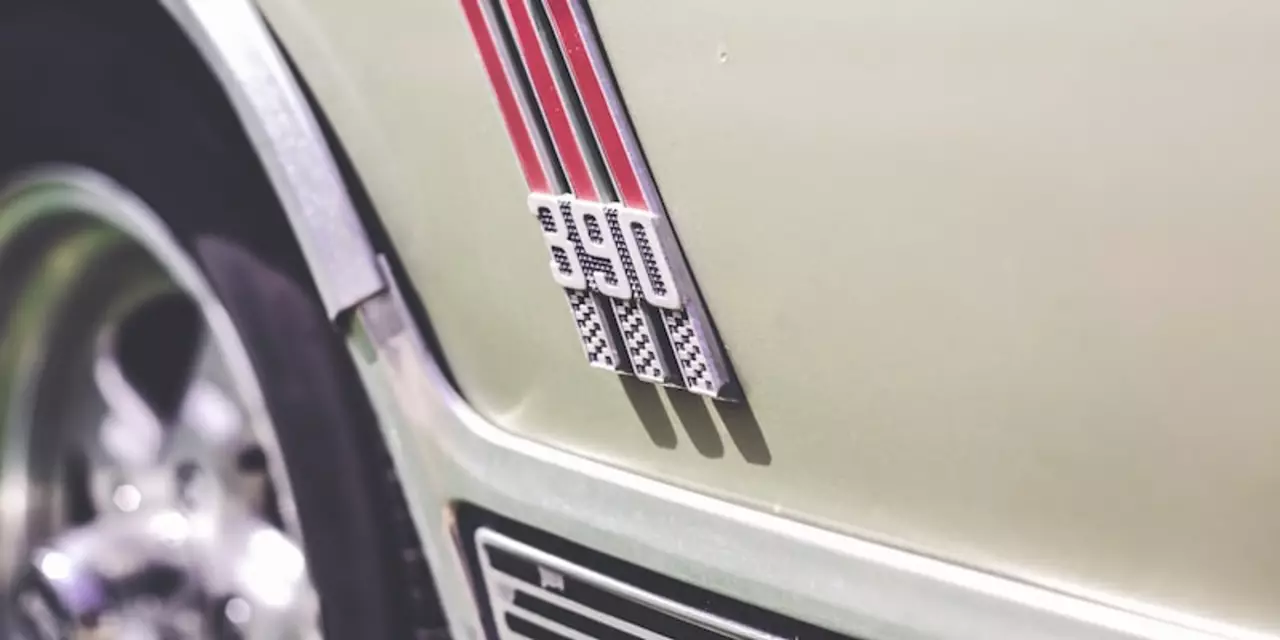Car Cooling Basics: Keep Your Engine From Overheating
If your car’s temperature gauge starts flirting with the red zone, you need to know why. The cooling system is the heart‑beat that stops the engine from turning into a furnace. It’s made up of a radiator, water pump, thermostat, hoses, and coolant. When any piece slips, heat builds up fast.
Spotting Common Cooling Problems
Most drivers notice a problem when the heater blows hot air in winter or the engine smells sweet. A bad radiator is a top culprit. It can lose pressure, crack, or leak. When that happens, coolant drips onto the ground and the engine can overheat in minutes. Another frequent issue is a stuck thermostat that stays closed, trapping heat inside.
Watch for these tell‑tale signs: steam from the engine bay, a rising temperature gauge, low coolant level, or a weird grinding noise from the water pump. If you see any of these, pull over, turn off the engine, and let it cool before checking anything.
Quick Checks and DIY Fixes
First, open the hood and look at the coolant reservoir. It should be filled between the "min" and "max" marks. If it’s low, add a 50/50 mix of coolant and distilled water – never use plain water for long‑term running. Next, inspect the radiator hoses for cracks or bulges. Squeeze them gently; they should feel firm, not mushy.
For a quick leak test, park on a level surface, let the engine cool, then squeeze the radiator cap (use a rag) and listen for a hiss. If you hear air, there’s a leak somewhere. Small hose leaks can be patched with a hose repair kit, but a cracked radiator usually means replacement.
Don’t forget the water pump. If it’s making a whining sound, it’s probably wearing out. A failing pump can’t circulate coolant, leading to hot spots and eventual engine damage. Replacing a pump is a moderate‑level job – if you’re not comfortable, call a mechanic.
Regular maintenance makes a huge difference. Flushing the cooling system every 30,000 miles removes rust and old coolant that can clog the radiator. When you flush, run the engine to circulate fresh coolant and then let it sit for a few minutes before draining.
Thermostat replacement is cheap and easy. If you suspect it’s stuck, drop the thermostat housing, pull the old part out, and snap a new one in. Remember to reinstall the housing bolt to the correct torque to avoid leaks.
Finally, keep an eye on the fan. Modern cars use electric fans that turn on when the engine gets hot. If the fan never kicks in, the engine can overheat even with a good radiator. Check the fan relay or fuse if the fan is silent.
In short, a healthy cooling system means checking coolant levels, watching for leaks, and staying on top of scheduled flushes. When you catch a problem early, you save money and avoid a busted engine.
Got a specific cooling question? Drop a comment or start a thread on our forum – we love helping fellow car fans keep their rides cool and reliable.
What does a car radiator do?
- Thomas O'Reilly
- Mar 3 2023
- 0 Comments
A car radiator is an integral part of the cooling system of a car. Its primary role is to keep the engine from overheating by transferring heat away from the engine and circulating coolant throughout the system. It works by transferring heat from the hot coolant to the air that passes through the radiator. The radiator is made up of a series of small tubes which allow the coolant to pass through and be cooled by the air. The coolant is then circulated back to the engine block to absorb more heat and the cycle repeats itself. The radiator is also responsible for regulating the temperature of the engine and ensuring that it stays within a safe operating range.
View More
